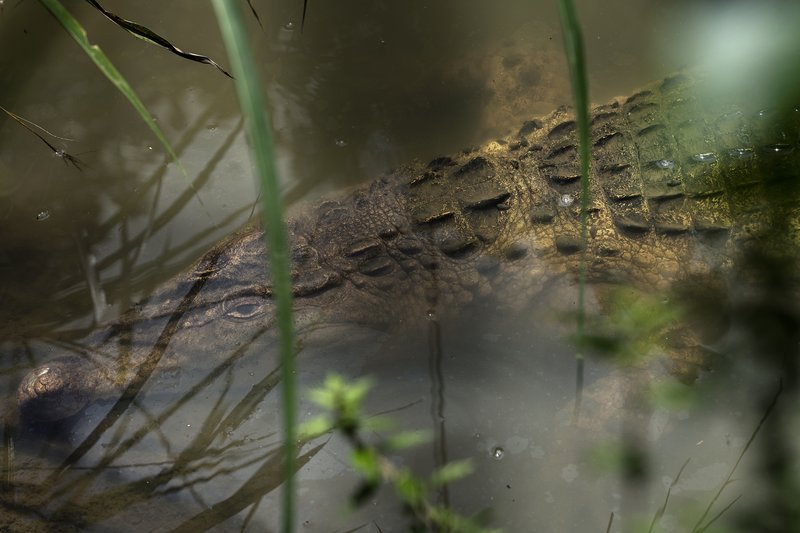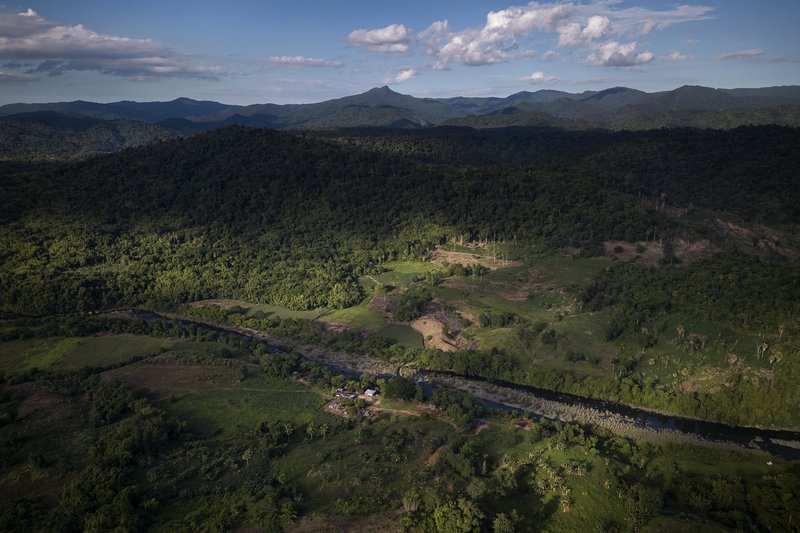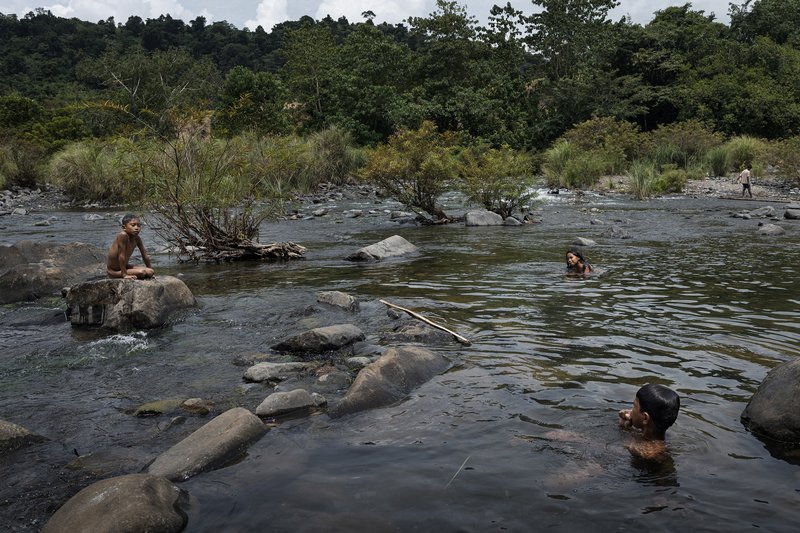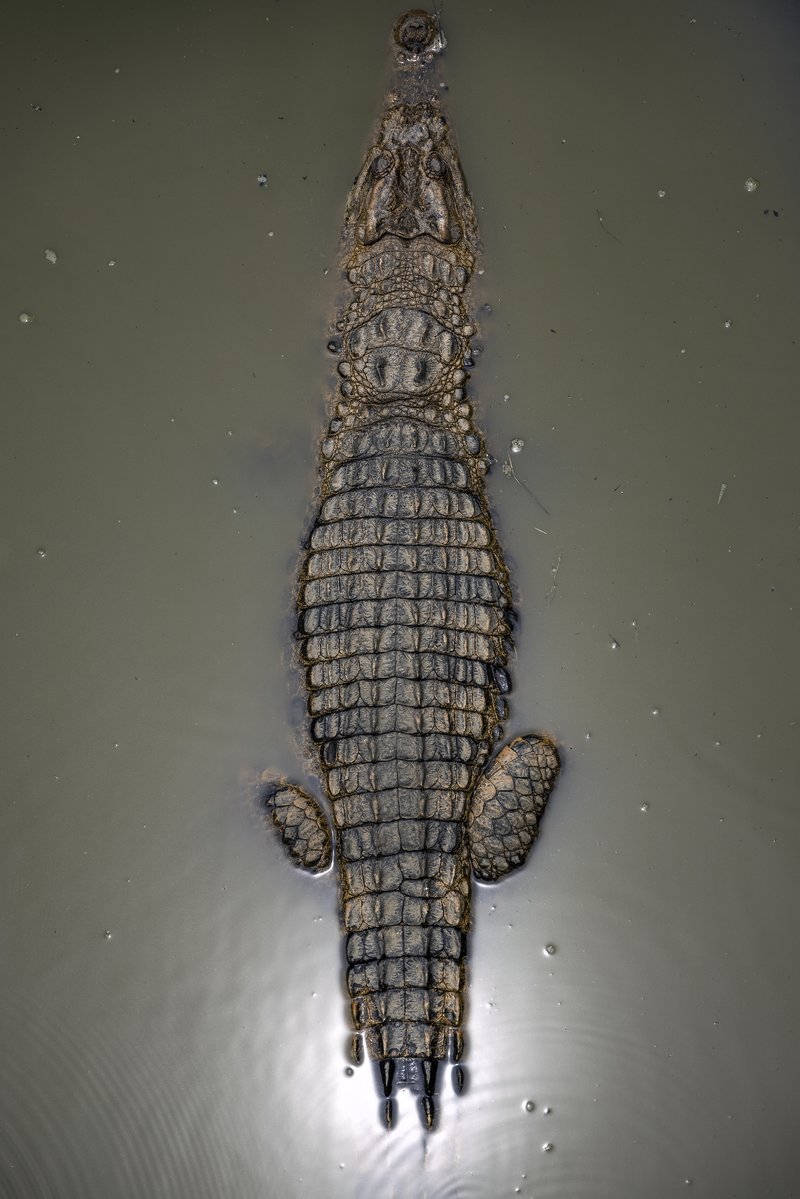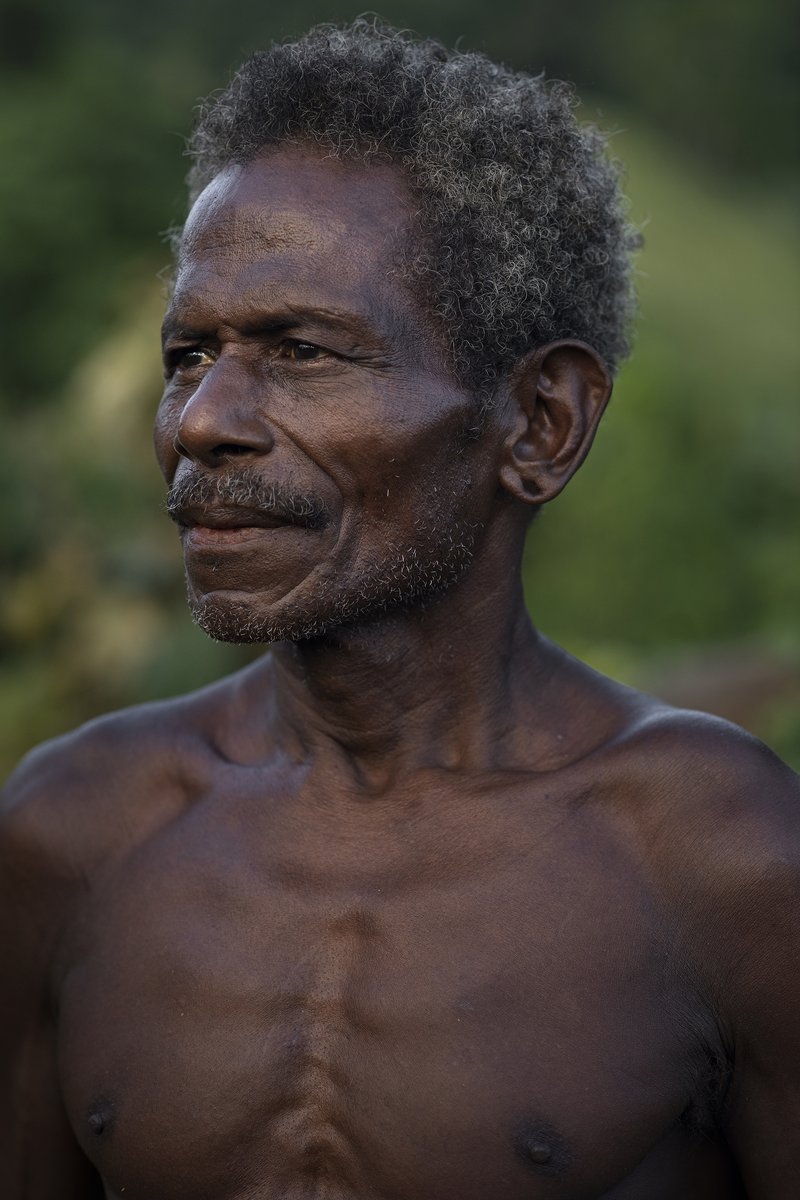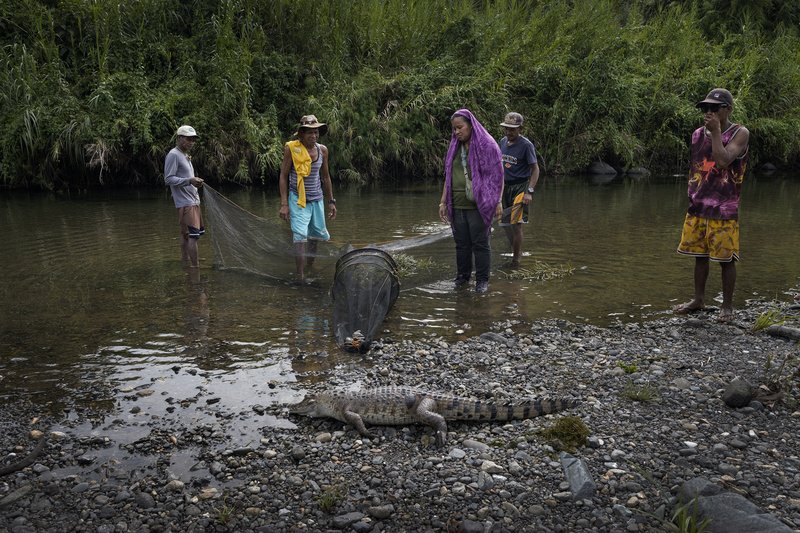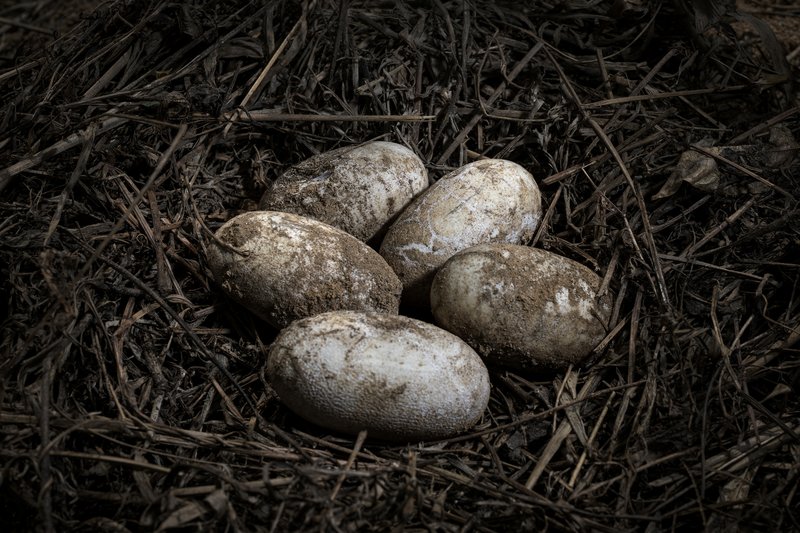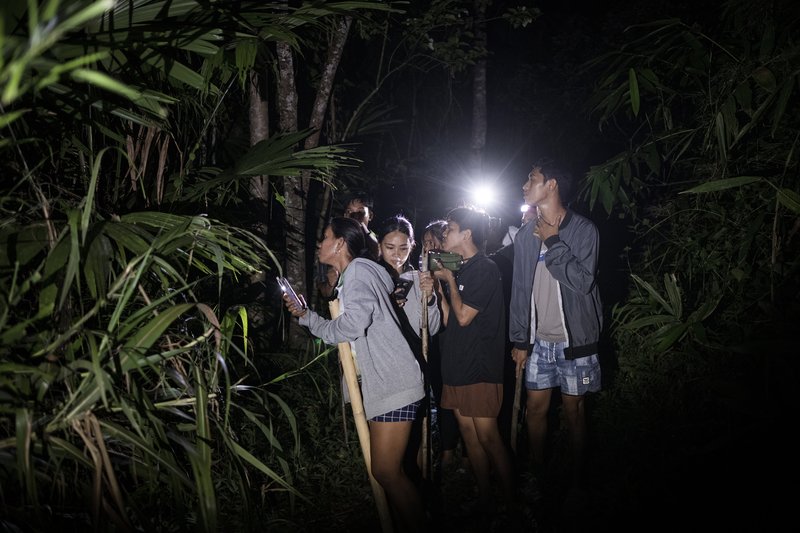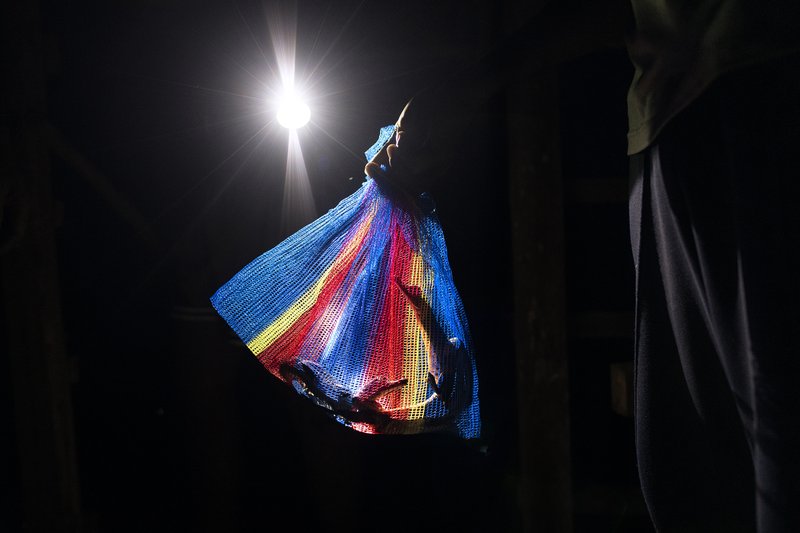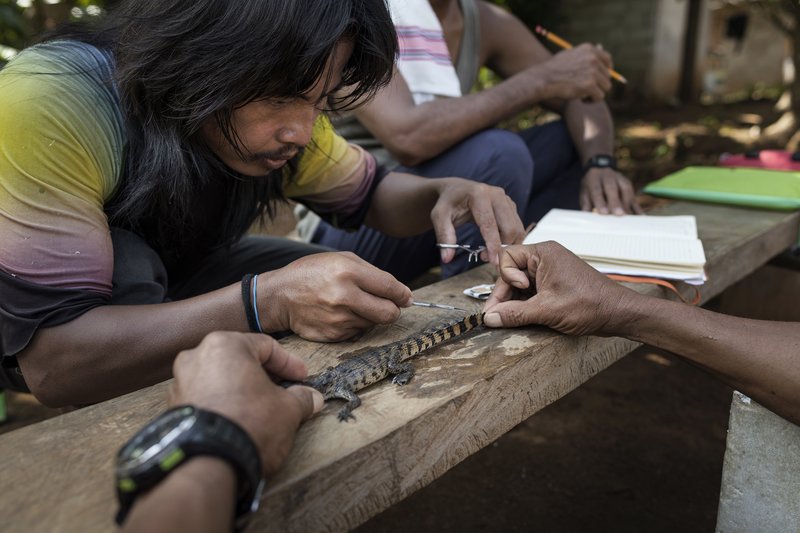Award of Excellence: Crocodile Keepers: The Guardian of the Sierra Madre Rainforest
Crocodile Keepers: The Guardian of the Sierra Madre Rainforest
The Philippine crocodile typically constructs a mound nest of dried leaves, twigs, bamboo leaves, and soil during the dry season (April/May). The incubation period in the wild is estimated to be between 77 and 85 days, with the eggs measuring 67 to 70 mm in length and weighing approximately 70 to 100 grams. Such nests are susceptible to disruption by human activity and natural predators. In regions where agriculture is highly prevalent, crocodile nests are frequently situated within cornfields, rendering them susceptible to disruption. Bantay Sanktuwaryo employs active search methods in the wild to prevent the destruction of nests. Upon the discovery of a nest, a demarcation is established using a billboard, and in instances where necessary, a fence is erected. In 2024, the Mabuwaya Foundation achieved a significant breakthrough in crocodile conservation by successfully breeding two adult specimens in their PCCC facility. This resulted in the laying of the first batch of eggs, marking a crucial step in the species' survival. Although the eggs were not fertile, this represents a significant advancement in the future of Philippine crocodile conservation.
Giacomo d'Orlando
